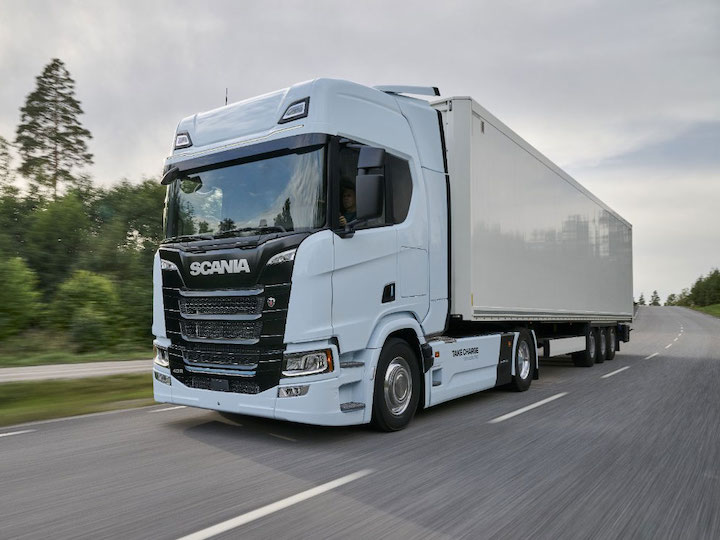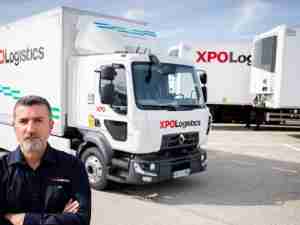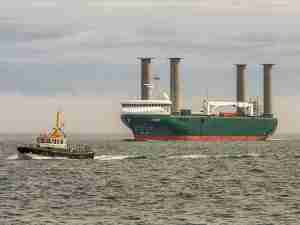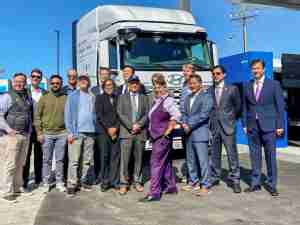With hauling companies wary of electrifying their trucking fleets, Scania wants to offer a non-committal option: e-truck sharing.
The Volkswagen AG-controlled truckmaker is combining with logistics firm sennder Technologies to deploy 100 e-trucks to carriers in Germany starting next year on a pay-per-use model, with a plan to expand to 5,000 vehicles by 2030, the companies said Wednesday.
By getting more e-trucks on the road, Scania hopes to build momentum for investment in infrastructure, such as charging stations, needed for a broader shift to battery-powered trucks.
“This is a really important enabler,” Gustaf Sundell, head of ventures and new business at Scania, said in an interview. “Lowering the barrier of risk for these super important players is really key.”

The world’s biggest truckmakers have set targets for transitioning to battery-electric and fuel-cell trucks and buses amid tightening regulations. Daimler Truck estimates they’ll make up as much as 60% of its Europe sales by 2030. Volkswagen’s Traton and Volvo are aiming for 50% share in that time frame.
But progress has been slow. As of August, only 4,000 of 800,000 trucks on German roads were electric.
Scania’s order intake has been “far from satisfactory,” Chief Executive Officer Christian Levin said last month during the company’s third-quarter earnings call. He attributed the slow adoption of e-trucks to higher prices, an almost non-existing charging infrastructure, and volatile electricity prices.
Currently, Scania’s battery-powered trucks account for less than 0.3% of total sales. By 2030, the company expects e-trucks to make up more than half of new vehicle sales.
The Berlin-based joint venture, named “Juna,” aims to remove some of the barriers to adopting e-trucks, especially for smaller carriers that account for roughly 70% of trucks in Europe with fleets of fewer than ten vehicles each, David Nothacker, chief executive officer of sennder Techonologies, said in an interview. He noted that e-trucks costs as much as three times more than diesel vehicles.
“Why would a small truck owner that has two trucks buy a third truck that costs more than the entire fleet,” Nothacker said.





_-_28de80_-_58820516bd428ab3fd376933932d068c43db9a4a_lqip.jpg)




